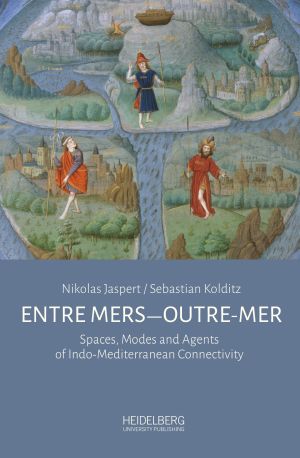How to Cite
License (Chapter)

This work is licensed under a Creative Commons Attribution-ShareAlike 4.0 International License.
Identifiers (Book)
Published
Linking Seas and Lands in Medieval Geographic Thinking during the Crusades and the Discovery of the Atlantic World
Abstract In keeping with the two-fold approach of this volume, this paper presents a pair of case studies that elaborate on the interplay between land and sea in the Middle Ages. The first case study focuses on crusade treatises from the thirteenth century, which reveal that, due to its location between the Mediterranean and the Red Sea (or Indian Ocean), Egypt was seen as the economic backbone of the Mamluk Empire. Thus, as suggested by the writings of William of Adam and Marino Sanudo, Egypt played a major role as a hub for trade with India. The second case study reflects on the notion that India was also reachable via the (Atlantic) Ocean (suggested, for example, by the thirteenth-century English Franciscan friar Roger Bacon). Although this idea of the Ocean as a connective seaway was, at first, only pursued theoretically, it nevertheless reveals that land and sea were perceived as interrelated spheres of communication and travel in the period. In 1492, Christopher Columbus’s travels were seen to have made this theoretical connection a reality, as he initially believed that he had reached India via the Ocean.






